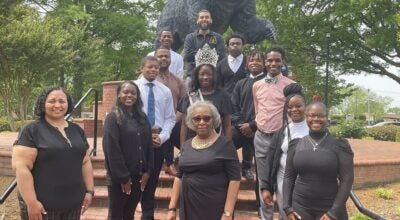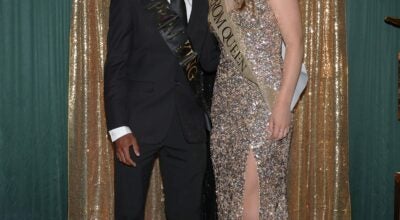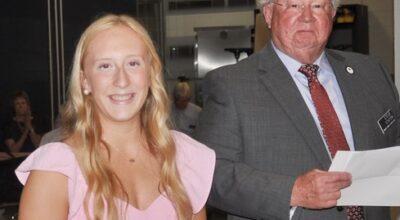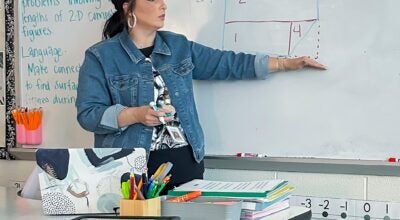Aussie student teachers visit
Published 12:00 am Thursday, January 12, 2012
By Sarah Campbell
scampbell@salisburypost.com
KANNAPOLIS — Walking into a school in Australia is a different experience than walking into a school here.
Students there are dressed in identical uniforms, there is no cafeteria where lunch is served up on a tray and the schools are made up of individual buildings rather than one large facility.
Those are all observations made by student teachers from Australia who are attending the University of North Carolina at Charlotte for three weeks this semester.
The group of 17 students visited classrooms at Woodrow Wilson Elementary on Wednesday, answering questions and chatting with the children.
The elementary students enjoyed some laughs when the Australians explained that in their country a sweater is called a jumper, a trash can is a rubbish bin, cookies are biscuits and fries are chips.
They learned the last one the hard way, after a trip to McDonald’s where they ordered chips and were told fries were the closest things to chips. They explained that they wanted chips, not fries, until they realized they were the same thing.
Another thing the Australians are getting used to is large stores where you can buy everything from groceries to clothing.
“Walmart is crazy,” Emily Herbet said.
But Louise Kimpton said it’s crazy in a good way.
“We love Walmart, we’ve been there every day,” she said. “In Australia, we would have to go to at least three different stores to buy everything you can get at Walmart.”
Students also asked about animals that are native to Australia.
Naturally, the student teachers listed off kangaroos, koala bears and wombats.
“One time a kangaroo hopped into my house,” Kimpton told the students.
Kimpton said the kangaroo was friendly, but she was still scared of the animal that was more than six feet tall. She suspects he came in because she would often feed him.
“I put some bread by the door and went upstairs because I didn’t know what to do,” she said.
The Australians explained that their currency is made up of colorful bills and the seven-pointed stars on the country’s flag represent each state.
Then, they talked about the schools.
“Our school year starts in January and goes through December,” Kimpton said.
Simone Cocks said the schools in Australia don’t have a cafeteria stocked with a different menu each day. Instead, they have a canteen, where students can purchase individual items.
“Students can bring a brown paper bag to school, put money inside it and write their order on it and it will be delivered to them at lunchtime,” Kimpton said. “But most of them just bring their own lunch.”
Kimpton said the uniform policy in Australian schools is much more stringent than it is here.
Students at Woodrow Wilson have the option to wear a variety of different colored shirts paired with khaki bottoms, but there everyone is dressed exactly the same.
“That’s the absolute first thing that I noticed,” she said.
Tyla Cuthbertson talked about how the schools are set up differently, with an oval playground in the middle with buildings for each grade surrounding it.
“You don’t just walk inside a big building,” she said.
The schools are also divided up differently. Primary schools serve kindergarten through sixth grade and high schools teach seventh through 12th grades.
Kimpton said one of the major differences that she noticed was the power structure within the school systems.
“We don’t have superintendents in Australia,” she said. “Decisions are very school based, the principals make them, whereas here it seems like everything has to be run by the superintendent.”
But the student teachers did notice some similarities.
Cocks said the interaction between students and teachers is the same.
“There’s a very warm, family feel here,” she said. “It’s a close-knit group.”
Kimpton said although some of the practices are different, the goal is still the same.
“You can tell the teachers are passionate about making sure the kids get a good education,” she said.
Jessica Grant, the curriculum coordinator at Woodrow Wilson, said this is the second year the student teachers have visited the school.
“It’s a good way to learn about Australia and the culture,” she said. “And the kids are just fascinated by their accents.”
The Australians arrived Sunday and will attend classes and visit schools in Charlotte-Mecklenberg, Cabarrus County and Kannapolis City school systems.
Contact reporter Sarah Campbell at 704-797-7683.
Twitter: twitter.com/posteducation
Facebook: facebook.com/Sarah.SalisburyPost





